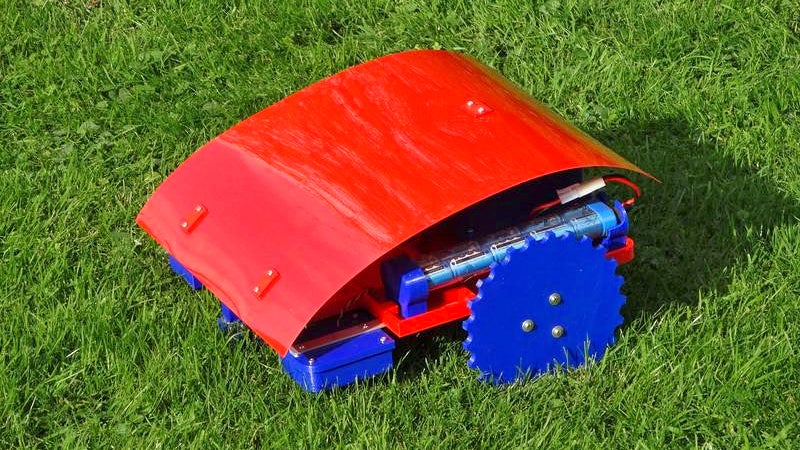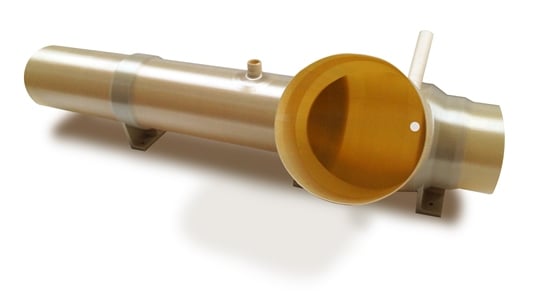#1 - If You Have a 3D Printer You Can Make Yourself a Cheap Robotic Lawn Mower
Andrew Liszewski | Apirl 13, 2016
<For the original article see: http://gizmodo.com/if-you-have-a-3d-printer-you-can-make-yourself-a-cheap-1770717621>
 |
| Source: http://gizmodo.com/if-you-have-a-3d-printer-you-can-make-yourself-a-cheap-1770717621 |
#2 - Atlas V Rocket Soars from Earth with 3D-Printed Plastic Parts
Michael Molitch-Hou | April 8, 2016
Additive manufacturing (AM) is altering the way that most industries do business, but one field that could definitely stand to drop its production costs with 3D printing is that of the space industry.
 |
| "ULA's 3D-printed ducts for the environmental control system aboard Atlas V..." Source: http://insights.globalspec.com/article/1885/additive-manufacturing-boosts-aerospace-applications |
#3 - You Can Now 3D Print One of the World’s Lightest Materials
Akshat Rathi | February 29, 2016
Aerogels are among the world’s lightest materials. Graphene aerogel, a record holder in that category, is so light that a large block of it wouldn’t make a dent on a tiny ball of cotton. Water is about one thousand times more dense. The minimal density of aerogels allows for a number of possible applications, researchers have found, ranging from soaking up oil spills to “invisibility” cloaks.
 |
| "(a) Optical image of a 3D printed graphene aerogel microlattice. SEM images of (b) a 3D printed graphene aerogel microlattice, (c) graphene aerogel without R–F after etching and (d) graphene aerogel with 4 wt% R–F after etching. Optical image of (e) 3D printed graphene aerogel microlattices with varying thickness and (f) a 3D printed graphene aerogel honeycomb. Scale bars, 5 mm (a), 200 μm (b), 100 nm (c,d), 1 cm (f)." Source: http://www.nature.com/ncomms/2015/150422/ncomms7962/fig_tab/ncomms7962_F2.html |

No comments:
Post a Comment